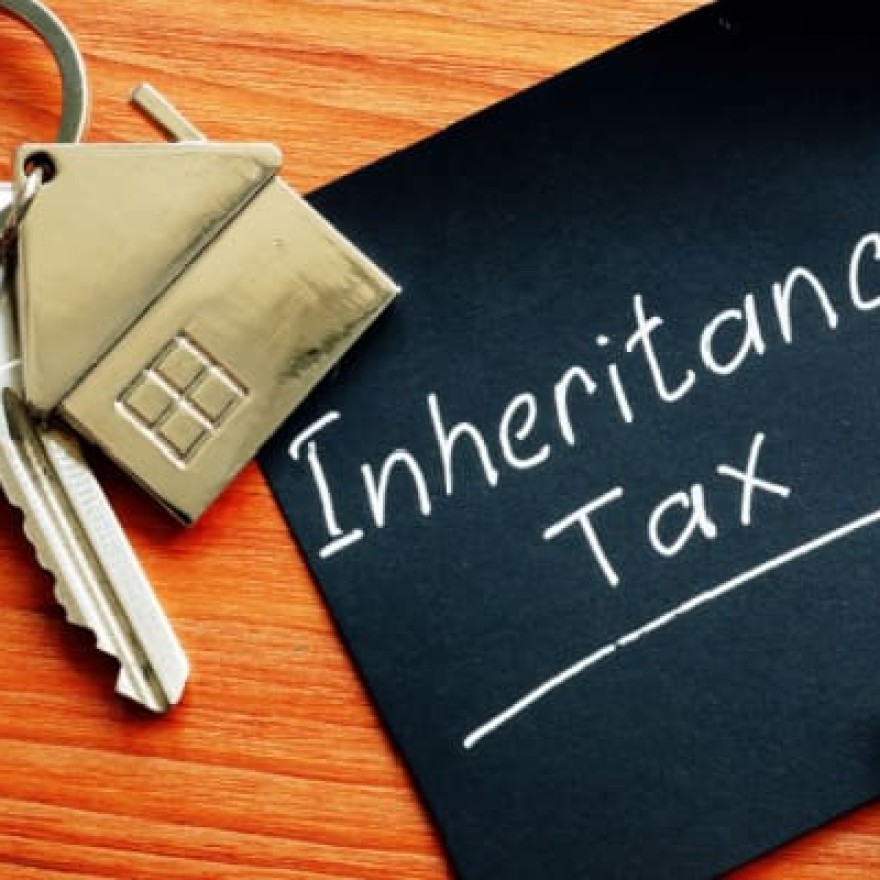
Hidden risks in the inheritance tax rebate in the Balearic Islands
07/08/2023 | Management of real estate assets
Reading time: 2 minutes
While the prospect of a tax reduction may seem promising, it is imperative to understand the intricate complexities behind such a change. For example, the alteration of the Balearic regulatory landscape centres on the 'elimination' of Inheritance and Gift Tax, accompanied by a 100% reduction for inheritances between immediate family members.
However, this seemingly simple reduction comes with an essential caveat: in order to qualify for the reduction, the declared value of the inherited property must match the Cadastral Reference Value. This discrepancy between the market value and the reference value has implications for future tax obligations, especially in the context of Personal Income Tax (IRPF) and Non-Resident Income Tax (IRNR).
Spain is a land of contrasts, and nowhere is this more evident than in the political proposals of the major parties. Following the recent elections, the Partido Popular is proposing substantial reductions in inheritance and donation taxes in those Autonomous Communities it governs. This policy shift is often introduced as urgent measures with grand political announcements. Baleares is no exception, where the announcement of this fiscal reduction is among the government's first actions, mere days after its formation.
However, while these tax reductions might seem like a relief to many, it's essential to understand the hidden risks that could emerge, especially concerning unexpected gains in the Personal Income Tax (IRPF) and Non-Resident Income Tax (IRNR).
Normative Changes in Baleares
Under the Decree Law of 18/7/2023, Baleares has taken the initiative to "eliminate" the Inheritance and Donation Tax, offering a 100% reduction for inheritances between direct family members (parents-children, grandparents-grandchildren, spouses, etc.).
We say "eliminate" because the tax is not entirely eradicated; rather, certain cases are bonified under specific rules.
However, this apparent fiscal reduction is not as straightforward as it seems, and herein lies the risks.
The Illusion of Tax-Free Gains
In the case of real estate, a central aspect of our practice, the normative change comes with an important catch: to qualify for the reduction, the declared value of the property must match the Cadastre Reference Value.
The Cadastre Reference Value is determined statistically, and in many instances, it does not correspond to the market value of the property. Suppose the market value of a property is €500,000, but the Cadastre Reference Value is €350,000. In that case, if the heir wants to apply the reduction, they cannot declare the market value; they must declare the reference value. Consequently, if the property is sold, a capital gain will arise, subject to either IRPF (ranging from 19% to 28%) or IRNR (19%), depending on whether the individual is a tax resident in Spain.
Possible extension of the Anti-Fraud Law measures for inheritances?
But the potential effects don't end there. Baleares, like other communities with customary law, has a specific mechanism called "donation with pact of definition." This mechanism is often referred to as a "pre-inheritance" because, while technically a donation, it involves renouncing future inheritance rights, meaning the donor does not realize any capital gains.
However, Law 11/2021, against tax fraud, introduced a modification affecting these transactions. It stipulates that if the recipient (the one receiving the donation) transfers the property within 5 years of receiving it, they will not be taxed on the gain based on the declared acquisition value. Instead, taxation will be based on the difference between the donor's acquisition cost and the selling price, making the recipient liable for the gain attributed to their benefactor.
It is possible that, with the proliferation of fiscal reductions on inheritances, the central government will modify IRPF and IRNR taxation to include a similar provision for inheritance cases, making heirs liable for gains related to their deceased benefactors.
Potential Inheritance Distribution Conflicts
One potential conflict arises when assessing and distributing inheritances among heirs. Those not intending to sell the property will prefer to opt for reduced taxation, even if that means a potentially lower acquisition value of the property.
On the other hand, those interested in selling the property relatively soon will prefer to declare market values, even if that means foregoing the right to the reduction as currently outlined.
Conclusion: the importance of tax planning
The elimination or reduction of the Inheritance Tax might seem like a relief on the surface, but it's critical to analyze the hidden risks it might entail. The complexity of inheritance distributions and the potential for higher taxation in IRPF and IRNR require careful consideration.
As always, qualified legal and fiscal advice is essential to fully comprehend the landscape and make informed decisions in this new era of inheritance and donation taxation. Don't let apparent tax reductions end up costing you more in the long run.




